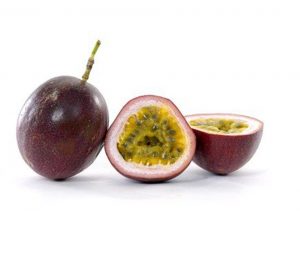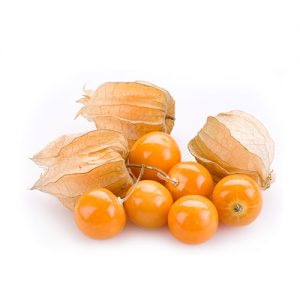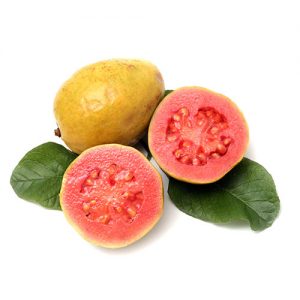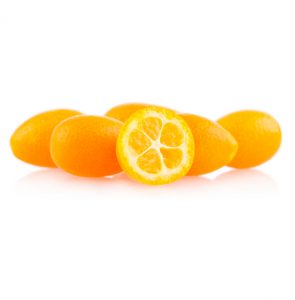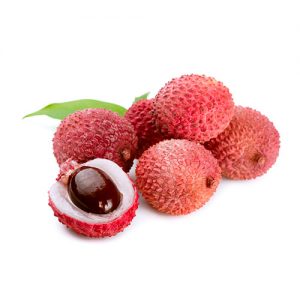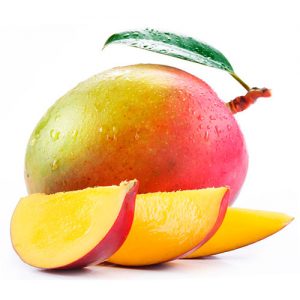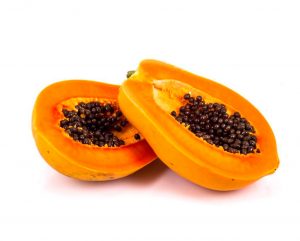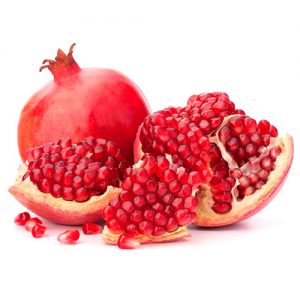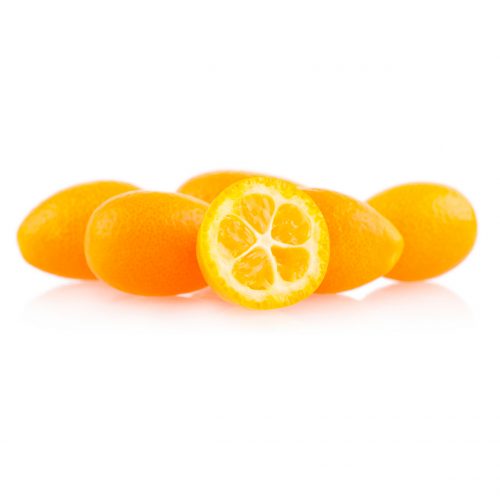About the Kumquat
The kumquat (or Chinese orange or tiny orange) is an oval-shaped or round-shaped fruit. The skin is golden-yellow with oil glands and it is fleshy, thick and edible. The outer layer is spicy, while the inner layer is sweet. The flesh is orange-coloured, acid and aromatic.
The kumquat tree is evergreen and can grow from 7 to 14 ft (2-4 m). Branches are light-green and leaves are simple, dark green-coloured and glossy. Flowers are white and sweetly fragrant.
How to preserve and consume kumquats
Kumquats are more delicate than oranges because of its extremely thin skin. It can be preserved at room temperature for 5-6 days. However, it is recommended to store it in the fridge if you intend to extend ripening at least 3 more weeks.
This is a fruit which can be consumed out of hand raw and even without peeling it. Kumquats can be used in the preparation of fruit salads and also as a filling for cakes and pies. It enhances the taste of sweet & sour sauces and combines great with meat. Thanks to its attractive colour and perfectly-sized shape, it is ideal for decorating dishes.
Kumquats can also be used to make fillings, jams and syrups, as well as other preparations.
Nutritional properties of the kumquat
| KUMQUAT NUTRITION FACTS – 100 G | |
|---|---|
| CALORIES | 71 |
| TOTAL FAT | 0.86 g – 1% |
| SATURATED FAT | 0.103 g – 1% |
| POLYUNSATURATED FAT | 0.171 g |
| MONOUNSATURATED DAT | 0.154 g |
| CHOLESTEROL | 0 mg – 0% |
| SODIUM | 10 mg – 0% |
| POTASSIUM | 186 mg |
| TOTAL CARBOHYDRATE | 15.9 g – 5% |
| DIETARY FIBER | 6.5 g – 26% |
| SUGARS | 9.36 g |
| PROTEIN | 1.88 g |
| VITAMIN A | 6% |
| VITAMIN C | 73% |
| CALCIUM | 6% |
| IRON | 5% |
Percent Daily Values are based on a 2000 calorie diet. Your daily values may be higher or lower depending on your calorie needs.
Health benefits of the kumquat
- This fruit is rich in vitamin C and anti-oxidants, helping prevent and relieve common cold symptoms or the flu virus. Thanks to the anti-oxidant effect, it eliminates free radicals, improving the absorption of iron and reducing the risk of cardiovascular diseases, degenerative disorders or even cancer.
- Low fat content; hence it is ideal in loss weight diets or in cases of obesity. It is recommended for satiating hunger and presents a low caloric level, as well as many other health benefits. It also has a great fibre content favouring your bowel transit.
- Kumquats are good for your cardiovascular system. The skin has flavonoids containing quercetin, which gives us better antibacterial, anti-inflammatory and anti-asthma properties. They are also beneficial for blood circulation and high blood pressure. They also contain rutin, which helps improve condition of arteries and capillaries. Kumquats are perfect for people with high blood pressure, cholesterol, a heart condition or even diabetes.
- Antiseptic properties. This fruit is a good remedy for bad breath or halitosis.
- Diuretic and detoxifying properties. The flesh is rich in vitamin C and potassium, with diuretic and detoxifying properties that can be included in purifying diets and diets for fighting oedemas, water retention, gout and rheumatism.
- Ideal for people with osteoporosis. Kumquats contain vitamin C and calcium, helping the production of collagen, which is very important for regenerating cartilage, joints and bones.
- Consumption is not recommended for people with cholelithiasis (formation of gallstones in the gallbladder).
- Anti-asthma properties. The skin is used in natural medicine because of its essential oil glands, providing a lot of properties: anti-asthma, cough suppressant, expectorant, anti-inflammatory and calming.
Kumquat Varieties
- Hong Kong (Fortunella Hindsii): nearly round-shaped. The skin is orange, thin and not very fleshy when ripe. In the Western world, the shrub is very thorny and mainly used as an ornamental tree.
- Marumi (Fortunella Japonica): round-shaped. The skin is golden/yellow-coloured, smooth, thin and aromatic. The flesh is acid. It is not cold-tolerant and the skin features protruding glands.
- Meiwa (Fortunella Crassifolia): large and elongated fruit, it can be also oval-shaped. The skin is orange/yellow, very thick and sweet, and the flesh is subacid. It is cold-tolerant and the most commonly consumed (and valued) variety in the Eastern world.
- Nagami (Fortunella Margarita): elongated, oval-shaped fruit. The skin is glossy, orange-coloured and thin. The flesh is sweet, a bit acid and aromatic. This is the most commonly consumed variety in Europe.
- Centennial: variety known for its acid fruit, with a lemony taste and light orange colour on the inside.
There are more varieties regarded as hybrids of Kumquat (or Fortunella).
Curious facts about kumquats
- The common name of this fruit means ‘gold orange’ in Chinese.
- The Japanese equivalent is Kin Kan for the round type and Too Kin Lan for the oval type.
- The kumquat is a small orange tree native to China. It is the smallest citrus and also the only one with an edible peel.
- In some countries, it is consumed in teas or infusions as a remedy for coughing, asthma and bronchitis.
- The kumquat tree is also cultivated as a bonsai, usually grafted onto grapefruit or bitter orange.
- The kumquat in syrup is a very popular dessert in Hong Kong.
- The essential oils extracted from kumquat’s leaves and fresh shoots are occasionally used in perfumes.




